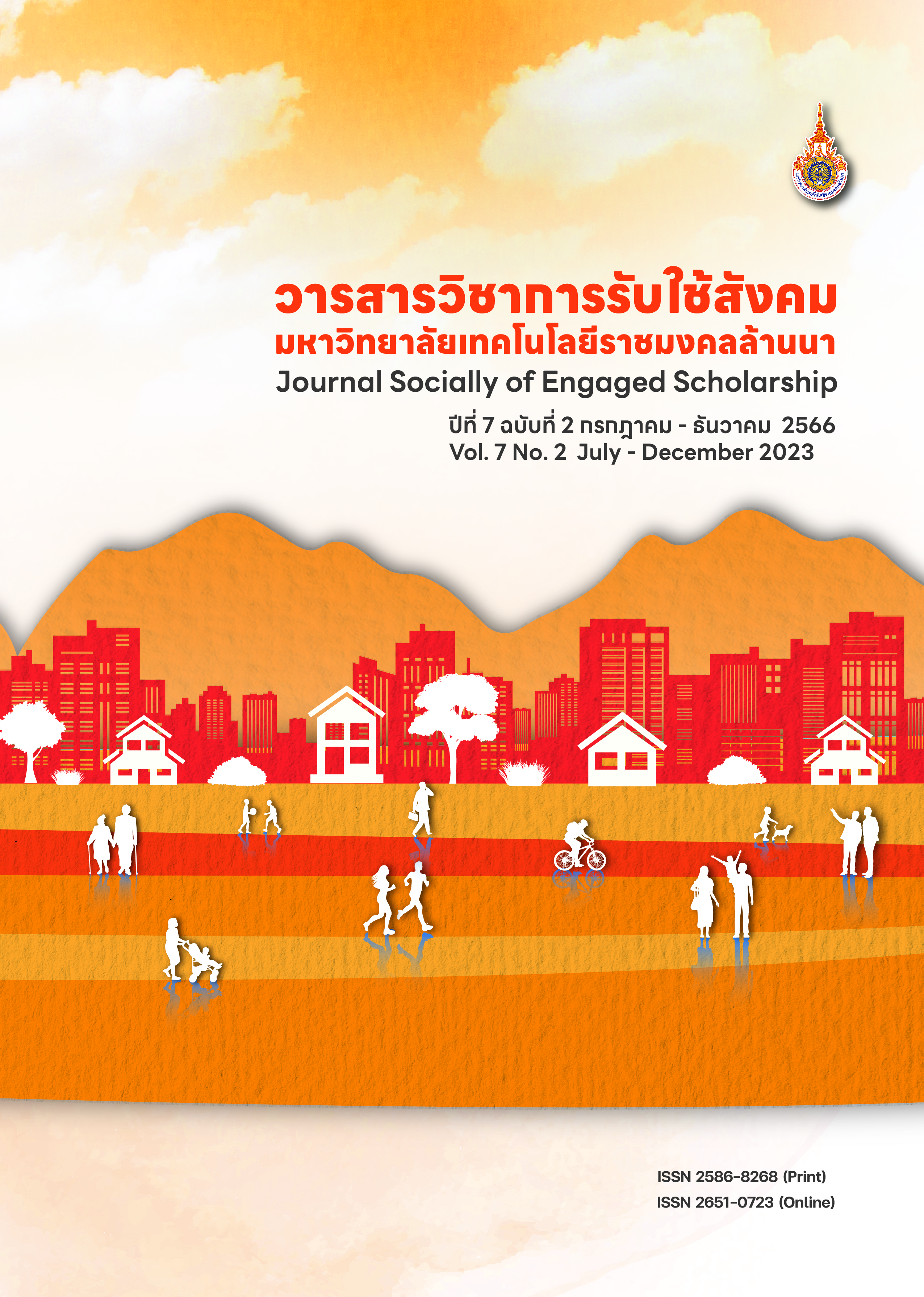PoomPong Distribution Process to Raise Poor Households' Income SaKaePhrong Subdistrict, Muang District, Buriram Province
Main Article Content
Abstract
Integrating Cooperation to Solve Poverty Problems with the Hedge Car Phenomenon It is considered a form of product distribution that occurs naturally in Sakae Prong Sub-district, Mueang District, Buriram Province. It is a mechanism to solve the problem of reducing inequality in accessing resources by the community itself. resulting in the exchange of goods within the community financial turnover turnover of local resources And most importantly, it is a mechanism that naturally creates added value of products in the community. From such mechanisms, it contributes to improving the quality of life of poor households in Muang District, Buriram Province. By relying on the value chain and the driving mechanism of the existing group of bush vehicle operators as an important driving cost with the objective 1. Collecting information on the value chain of the distribution process by bush trucks. 2. Data synthesis to find gaps and fill the distribution process by bush trucks 3. Establish an operating system to improve poor household income with the method of operating in 3 important activities, namely 1. Establishment of a community distribution center (Community Distribution Center). 2. Development of the Application PoomPong. 3. Welfare system for the pump trucks. Performance found that 1. Community Distribution Center, where such centers have the duty to collect products according to the order, sorting them into appropriate packaging. Then take it on a bush car that will spread out in each route. As a result, there is a decrease in immigration to work elsewhere. Create a stable source of work in the area near the house. And there is love and warmth in the family. 2. The Poompong application allows the operators of push-cart operators to earn more income. From having a new group of customers or groups of teenagers and working people who use the application to order products from the former, which looks like using cash to exchange products with Face to Face, which generates income from elderly customers in the hawker route (Roots) Mostly 3. Welfare system for PoomPong vehicles It is an incentive for pumping more cars to join in the operation, increasing from the original 16 cars to 46 cars, thus causing the distribution of goods to other areas in a larger amount accordingly. The result of the operation was able to raise the income of poor households from 24 households to 142 households, with an average increase in income of 14,600 baht per month, which is considered possible to create wealth stability. continue And if there is an investment to expand the performance to other areas in a similar context It will result in a continuous decrease in poor households in the area. This is a result of the increase in revenue from the initial activities.
Article Details
This article is published under a Creative Commons Attribution-NonCommercial-NoDerivatives 4.0 International License (CC BY-NC-ND 4.0), which allows others to share the article with proper attribution to the authors and prohibits commercial use or modification. For any other reuse or republication, permission from the journal and the authors is required.
References
Buranasak Madmai, (2014). There are 5 subsystems in the composition of product distribution.
Chaiwat Chutrakun, (2016). Theory and principles of distribution and distribution management.
Chaiyaporn Wongphisarn, (2014). Theory of Product Distribution and Transportation Efficiency Efficiency Utilization.
Pisamai Prachanan and colleagues (2021). Accurate and comprehensive solution to poverty problems to reduce inequality in Buriram Province.


